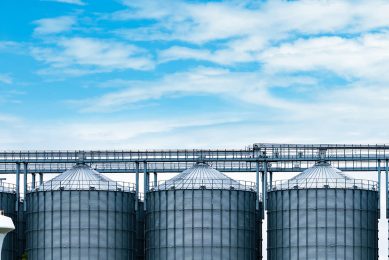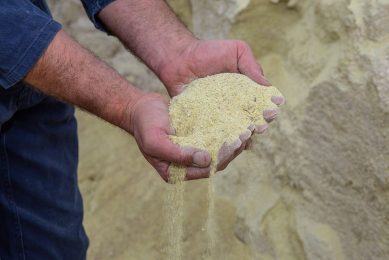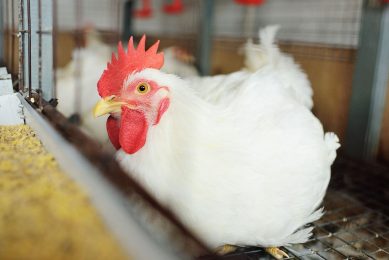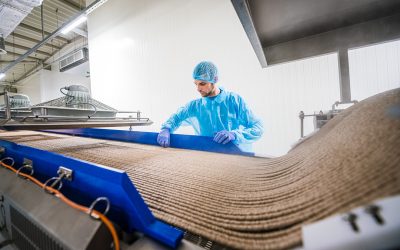Iran: Farmers use bananas and eggplants amidst feed shortage
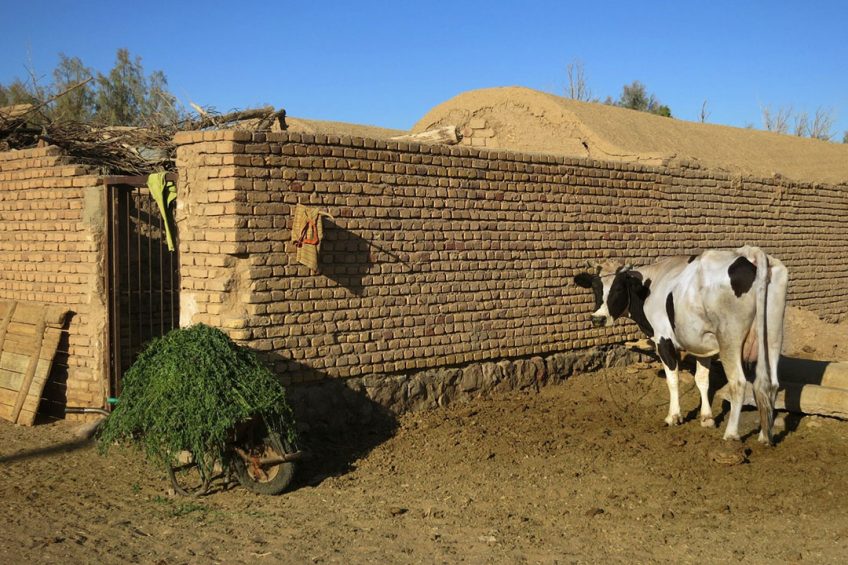
Amid the continuing feedstuff shortage, Iranian farmers reportedly turn to alternative products to feed agricultural animals.
According to local news outlet Tejarat News, some farmers are trying to feed their animals with bananas and eggplants. Previously, apples, potatoes, and sawdust were used as raw materials.
Mansour Pourian, the head of the country’s livestock supply council, confirmed that in the second half of the year, the feedstuff supplies in Iran became so scarce that farmers indeed turned to fruits and vegetables.
No Guidelines: Farmers looking for cheapest feed alternative
It is believed that the rations are replaced without any specific guidelines – farmers just pick up the cheapest items on the market. Right now, bananas and eggplants are the most affordable products. Sometimes, food waste is being used, quite often without any prior heat treatment.
Govt feedstuff going to poultry sector first
Pourian explained that alternative feeding is currently present primarily in the cattle and sheep segments. He added that under the government policy, the available feedstuff is firstly distributed among poultry farmers and only next among “lactating animals.”
However, due to a grain shortage, even poultry farmers frequently do not get enough raw materials, leaving alone farmers breeding cattle and sheep.
Seeking wheat on the global market
Iran needs to push wheat imports to 7.5 million tonnes by the end of 2021 in order to maintain the sustainable operation of the domestic feed and food industry.
Mohammad Reza Mortazavi, the head of the Iranian Food Industry Association, said Iran, the country is on the edge of the wheat shortage so strong “that it is willing to enter into negotiations with any country that has a production surplus.”
During the first 8 months of 2021, Iran imported 5 million tonnes of wheat. This figure is needed to be raised by 2.5 million by the end of the year, despite the wheat prices on the global market hitting the highest level in 5 years, he said.
Domestic wheat production down
The domestic wheat production in Iran shrank by 30% this season due to a severe drought. This was very unfortunate for the country, which is battling a severe economic crisis and is short of foreign currency needed to pay for foreign goods.
Aliqoli Imani, vice president of the National Wheat Farmers Foundation, said Iran would likely collect 5 million tonnes of wheat in 2021. This is one of the lowest levels registered in the past several years. Imani added that the production was hindered not only by the drought but also by high production costs.
Russia is expected to remain the biggest supplier of wheat to Iran, Mortazavi said, adding that the country also imports wheat from Germany and some Eastern European countries.




